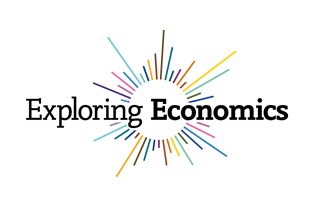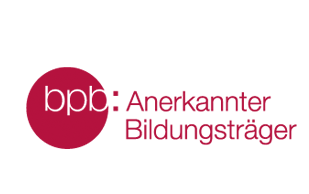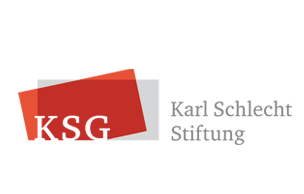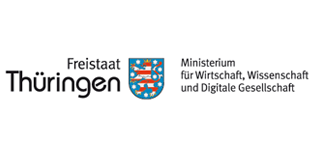Summary of Workshop #1: Feminist Economics
Feminist Economics
conducted by Alyssa Schneebaum (Vienna University of Economics and Business)
In this workshop on feminist economics, the group worked on defining the field and developing examples of feminist economics in practice. We define feminist economics as the application of feminist thinking to understanding economic processes and outcomes. To put this definition into practice, we started with a common understanding of feminism, namely, as a political and social movement aimed at achieving gender equality. Feminist thinking has at its center the distinction between sex and gender, where the term sex addresses biological differences, whereas gender refers to the attributes and social norms ascribed to these biological differences. In this framework, gender differences are socially constructed and, importantly, can thus be changed. The understanding of gender as socially constructed helps to explain how women are disadvantaged on a structural and personal level and the fact that they often have less access to resources and power. Another useful concept in feminist thinking is that of intersectionality, wherein social and economic differences are understood along multiple dimensions of identity, such as race and class, not just gender. Intersectionality is one of many different branches of feminist theory, which differ in their perspectives on gender inequality and policies to fight against it.
The application of feminist thinking to economics thus has a number of different dimensions. One is the analysis of how specific economic phenomena affect people of different genders differently. Another is the exploration of how economic systems and rules can affect gender (in)equality. A third main component is the analysis of gender biases in the discipline of economics itself. For example, who “does” economics? In western countries, most economists are male, which has an impact on which topics are deemed worthy of being researched. Further, the subjects of economic models are primarily those with so-called “masculine” traits, such as being rational and unemotional, which obviously insufficiently describe most humans of all genders. Also, “hard” (and thus also “masculine”) quantitative methods largely dominate the discipline, whereas “soft” (and hence “feminine”) qualitative methods are largely dismissed.
Moreover, feminist economics brings to the fore that analyses of gender are often absent in economic theory, though they are certainly present in economic reality. The inclusion of gender-specific analyses makes economics more realistic and it enables the development of an equal society, The inclusion of gender-specific issues and analyses in economics also enables further action: to bring up new policies and to change social norms so as to counteract social and economic inequality.
Several examples of applications of feminist economic thinking will further illuminate. First, consider gender-specific labour market differentials, such as why women and men typically have different jobs, receive different pay, and allocate their time differently. A feminist perspective shows that these phenomena can largely be explained by social norms, which include gender-specific expectations about performance, skills, and interests. For example, there is a stereotype that men are better at technical work (engineering, construction), whereas women are more suited for social/care jobs (nursing, teaching). This gender division begins rather early in life, as the skills we encourage children to learn are gender-specific (e.g. girls practice taking care of their dolls and boys learn how to build Lego houses). Another factor contributing to differences between women and men in the labour market is the exclusive ability of biological women to bear children. While mainstream economics point out that women develop a comparative disadvantage in the labour market when they leave the labour market to give birth (however briefly), a feminist approach seeks solutions to counteract this disadvantage, such as the introduction of an equal parental leave policy.
Speaking of labour, consider feminist thinking on work. Work is not defined by whether or not one is paid for doing something. Instead, work can be understood as anything that an economic agent can pay someone else to do for them. Therefore, cooking is work, but eating is not, as someone cannot get the benefits of eating food by paying someone else to do it for them. Gender norms push women towards certain kinds of work -- especially unpaid work. Ideas of "women’s work" are closely tied to maternal and marital duties, centred around caring for others (cooking, cleaning, comforting etc.). Because this work is unpaid and occurs within households, it is mostly absent from standard thinking in economics. The common equivalence between value and price means that women’s work is not seen as valuable, despite estimates that paying even the minimum wage for this work would double the GDP of developed economies.
Feminist thinking may further be applied to macroeconomic phenomena other than GDP. Gendered occupational segregation and the fact that macroeconomic policies affect some sectors more than others means that these policies have gender-specific distributional effects. Gender budgeting, the term for this type of gender-specific analysis of how state policies affect gender (in)equality, helps to understand how policy can also serve women, who are part of the communities these policies are meant to serve. Another example of a feminist perspective on macroeconomics: the fact that more women than men on average are employed in lower paid jobs means that the change in purchasing power of wages driven by inflation affects women more negatively than men since they have less income and spend more of their budget on necessities.
The workshop not only addressed topics in economics from a feminist perspective but also discussed feminist approaches to teaching economics. For example, gender-neutral language partially seems to have arrived in classrooms, but there is still work to be done. Categorical narratives of the economic activity and contributions of men versus women should be reduced, while discussion, openness, and room for intuitive thinking would benefit creative thinking about the economy. However, the current standard of excluding female standpoints provides little incentive for women to stay interested and involved in the field. To ensure the inclusion of an analysis of gender in the economy (including from a feminist point of view), an interdisciplinary exchange must not be left out.











